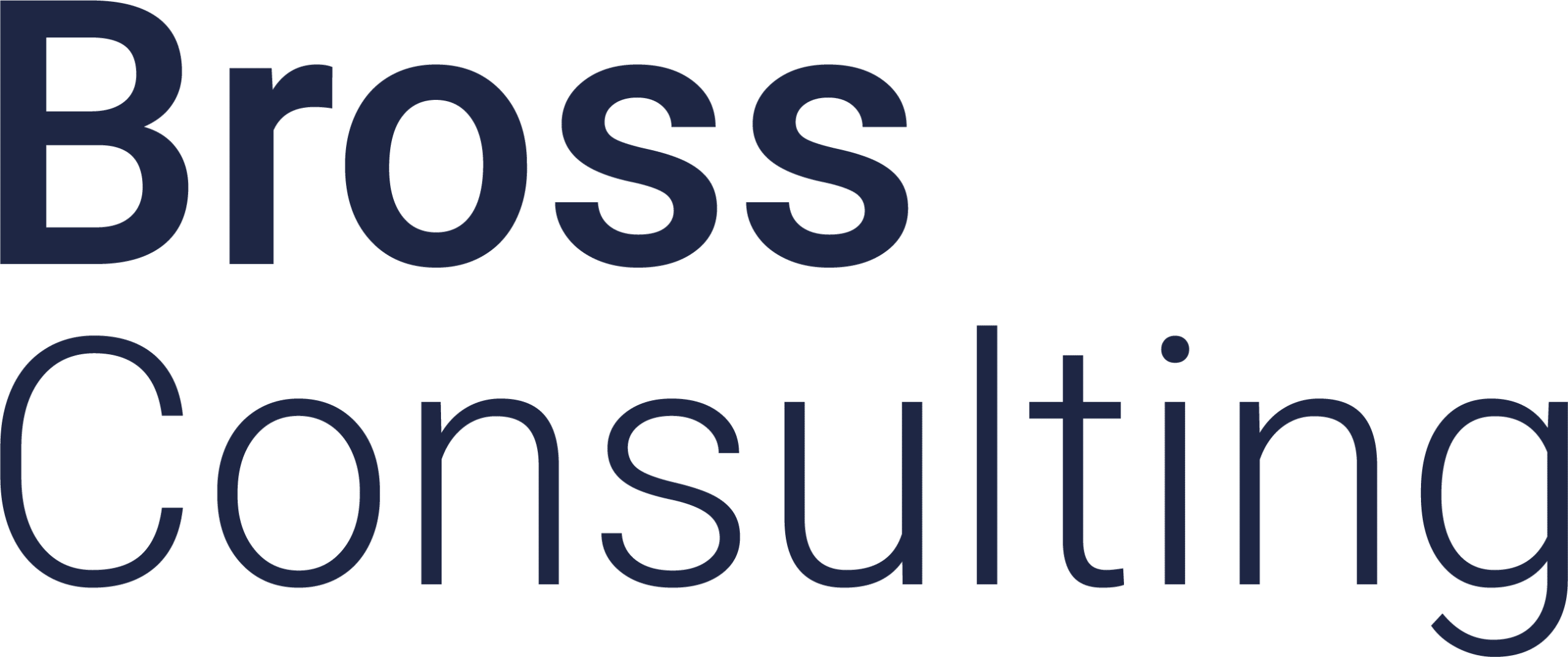Logistics planning
Do you want to get your logistics up to speed and are you interested in customized logistics planning? Then you’ve come to the right place.
We at Bross Consulting are your technical consultants for logistics planning and optimization of production and logistics systems. We offer methods for various industries to save time and money through precise planning.
We are international logistics planners who can help you improve your processes and save costs. If you need optimization or new planning, contact us. We are experienced experts and will be happy to support you.
What is logistics planning?
Logistics planning is the process of ensuring that goods are well organized from procurement to delivery to the customer. This involves planning transportation, storage, handling, packaging, inventory management and logistics information systems such as SAP.
Why is thorough planning of your logistics important?
Logistics planning is important because it enables companies to satisfy their customers, increase their competitiveness, lower their costs and reduce their environmental impact. With logistics planning, companies can optimize their supply chains, avoid bottlenecks, minimize risks and take advantage of opportunities.
How does logistics planning work?
Logistics planning uses methods and tools to analyze, design, implement and monitor logistics processes. The methods and tools used in logistics planning include, for example
- Logistics models that use mathematics or simulations to measure and improve logistics performance.
- Logistics software that collects, processes and displays data to support logistics decisions.
- Logistics standards that define rules and best practices for logistics quality and safety.
- Logistics audits that review and evaluate logistics processes in order to identify weaknesses and potential for improvement.
How can you improve your logistics planning?
To improve your logistics, you define goals, identify requirements, evaluate options, select solutions and monitor success. These steps are:
- Set goals: You should set clear and measurable goals for your logistics planning that are in line with your corporate strategy and customer needs. For example, you can reduce your costs, shorten your delivery times or increase your service quality.
- Determine requirements: You should determine your logistics requirements based on your products, your markets, your suppliers and your legal requirements. For example, you need a certain storage capacity, a certain means of transportation or a certain type of packaging.
- Evaluate options: You should evaluate your logistics options based on your internal and external resources. For example, you can do your logistics yourself or hire a logistics service provider, deliver your goods to the warehouse or directly to customers, or compare different logistics concepts. You should compare your logistics options based on criteria such as costs, benefits, risks and flexibility.
- Select a solution: You should choose your logistics solution that best suits your goals and requirements. For example, you can choose a logistics service provider that is reliable and affordable, purchase warehouse technology and logistics equipment that is modern and efficient, or design target processes that are clear and simple. You should document and communicate your logistics solution.
- Control success: You should control your logistics successes by measuring, monitoring and improving your logistics performance. For example, you can define logistics KPIs that show how well your logistics are working, create logistics reports that show your logistics results or solve logistics problems that are hindering your logistics. You should regularly review and adjust your logistics performance.
How does a logistics planning project work?
Logistics planning usually takes place in several phases, which can vary depending on the scope and complexity. One possible structure of a logistics planning project is:
- Preparation: The framework conditions are defined during project preparation. This includes the team, the plan, the costs and the goals of the project. It is decided who will be on the team and what the plan will look like. The costs and objectives of the project are also determined.
- As-is analysis: In this phase, you examine the existing logistics processes and structures, such as what logistics data you have, what your logistics processes are like, how much your logistics costs are or how good your logistics quality is.
- Target concept: In this phase, you design the future logistics processes and structures, such as which logistics models you use, which logistics software you need, which logistics standards you comply with or which logistics solutions you implement.
- Implementation: In this phase, you implement the planned logistics processes and structures, for example by hiring a logistics service provider, installing warehouse technology and logistics equipment, introducing target processes or training your employees.
- Project completion: In this phase, you document, present and evaluate the results of the project, for example by creating logistics reports, carrying out logistics audits, evaluating key logistics figures or interviewing your customers.
